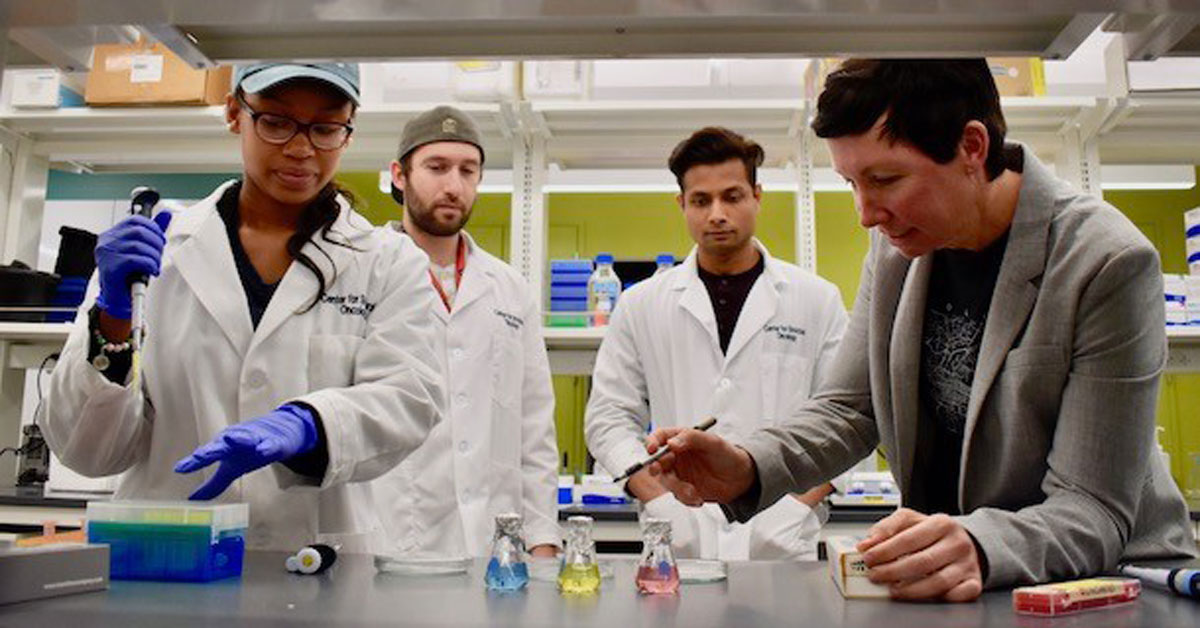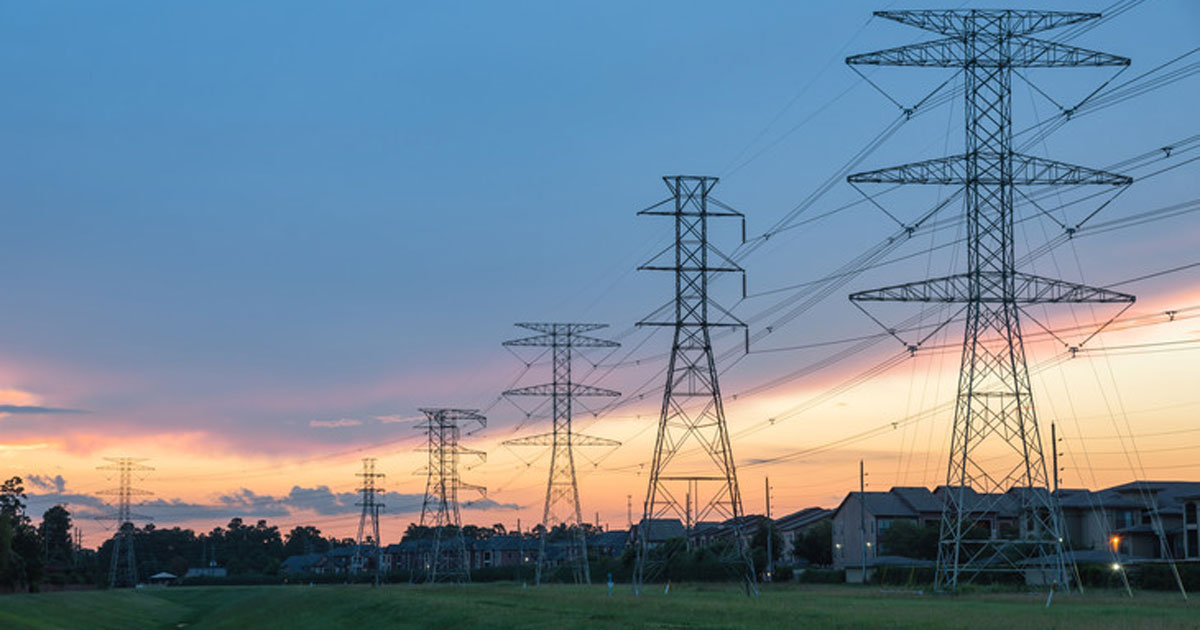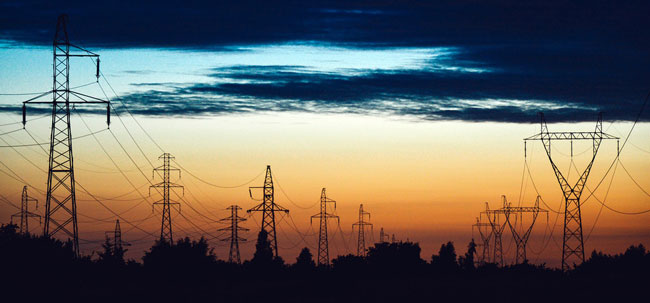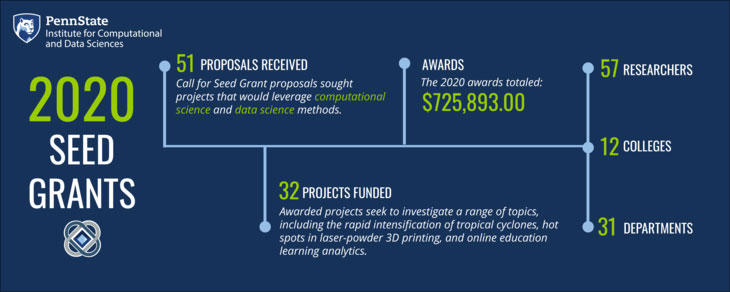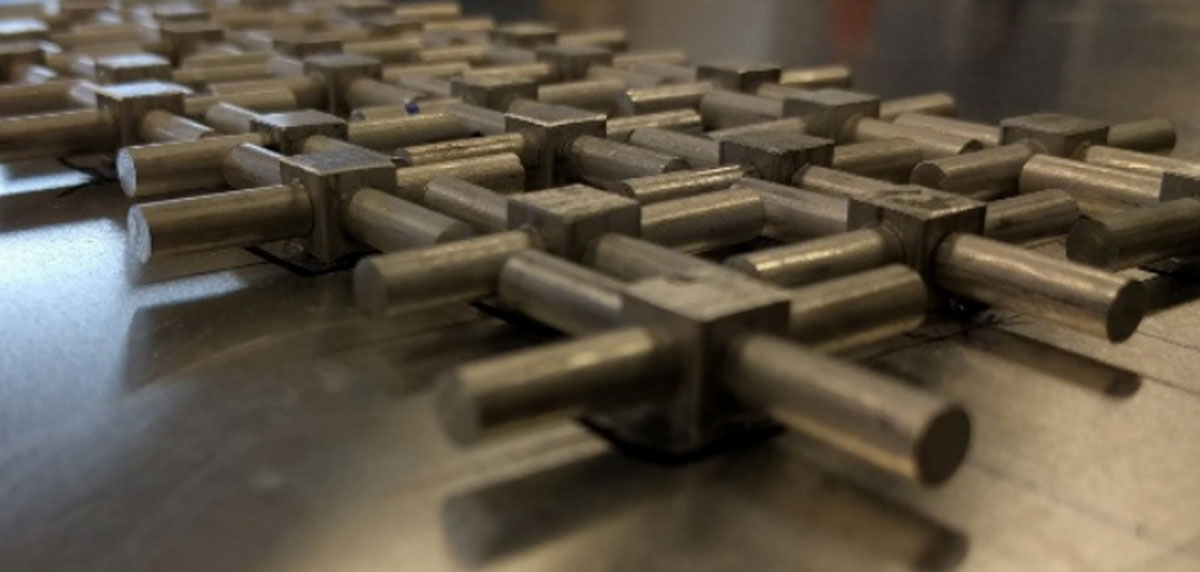
An array of resonators glued on an aluminum plate. IMAGE- Chris Hakoda
Penn State seed grant leads to NSF funding to study stress wave mitigation
Seismic waves make the Earth quake, shaking the developments on the planet’s surface. But what if there were a way to stop those seismic waves from reaching buildings, bridges, or entire towns? What if the energy from the waves could potentially be redirected or even harnessed, just by building a structure on the ground? Parisa Shokouhi, associate professor of engineering science and mechanics and acoustics at Penn State, is interested in the possibility of controlling this type of stress wave. Known as surface waves, they move along the border between two differing media; a common example is an ocean wave moving along the boundary between water and air. Shokouhi’s interest motivated her to pursue a Penn State Multidisciplinary Seed Grant in 2017, which served as the first step toward an external grant. Now, with a $641,162 National Science Foundation grant, Shokouhi is exploring the possibilities of surface wave control using an array of resonating elements collectively called a metasurface that could redirect waves in the material it is attached to.
College of Engineering awards five Multidisciplinary Research Seed Grants
The Penn State College of Engineering awarded 2020 Multidisciplinary Research Seed Grants to five faculty research teams across the College of Engineering, the College of Medicine, and the College of Earth and Mineral Sciences. The Multidisciplinary Research Seed Grants support research projects that will increase the competitiveness of faculty in attracting high-impact multidisciplinary and centerlevel research funding from the state and federal government, industry, or foundations. These seed grants will support the awardees’ projects for one year. Parisa Shokouhi, associate professor of engineering science and mechanics, and Daniel Kifer, associate professor of computer science, were awarded a grant for “A wave physics-informed deep learning framework for acoustic data.” They will develop a framework to integrate complex wave physics into machine learning prediction models that use acoustic sensory data, such as systems used for geophysical surveys, non-destructive evaluations, and medical diagnostics.
Jump-starting COVID-19 ravaged lungs with newly modified therapeutics
Deborah Kelly, Lloyd & Dottie Foehr Huck Chair in Molecular Biophysics and professor of biomedical engineering, and James Adair, professor of materials science and engineering, biomedical engineering, and pharmacology, are partnering with researchers from the College of Medicine to re-engineer a cancer drug for COVID-19 patients. The team is researching potential viral applications of a protein therapeutic known to be effective at decreasing lung inflammation in cancer patients. The research is one of the projects funded by the Huck Institutes of the Life Sciences coronavirus seed grant initiative.
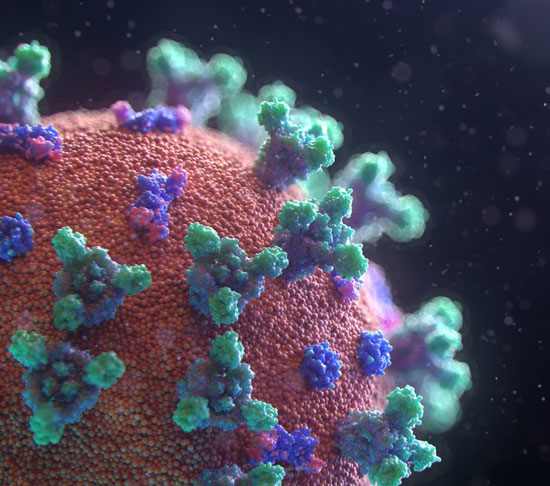 IST seed grants support tech projects related to COVID-19
IST seed grants support tech projects related to COVID-19
The College of Information Sciences and Technology recently announced six projects that will receive funding from the college’s seed grant program. Each project will take different approaches to tackle various challenges and needs related to the novel coronavirus pandemic. The college’s seed grant program is designed to jump-start critical research projects that explore innovative ideas that have a shortterm impact, as well as those that will position researchers to support, advance, and develop long-term solutions to local and global issues. EI’s Sharon Huang, associate professor, received funding for her project titled “AI Methods and Tools in Response to the COVID-19 Open Research Dataset.” This project aims to rapidly develop artificial intelligence methods and tools in response to the COVID-19 Open Research Dataset, using natural language processing, text mining, image mining, and other AI techniques to generate new insights related to COVID-19 for policy makers and medical experts.
Penn State and University of Auckland announce 2020 joint collaboration projects
In late 2019, Penn State and the University of Auckland launched the Joint Collaboration Development Program, a jointly financed seed-fund program with the aim to foster collaborative research and educational projects. The Office of Global Programs has announced that eight projects have been funded and commenced in June 2020. Grant recipients will have the opportunity to help shape the direction and future investment in the university collaboration at the level of an institutional partnership and contribute to the universities’ vision and strategic goals. Among those awarded was Meng Wang, for her project titled "Re-Engineering Anaerobic Treatment Processes for Novel Functionalities."
Shedding light on the rules that govern the U.S. power grid
A Penn State researcher is a part of a multi-university team that received a $513,000 grant to study the decision-making process that governs how people in the U.S. receive electricity. Seth Blumsack, professor in the College of Earth and Mineral Sciences and director of the Center for Energy Law and Policy, is co-leading an interdisciplinary team investigating how the rules for the power grid are made and how they affect the real world.
“Electricity is the platform for our economy and is tightly connected to people’s well-being,” said Blumsack, a cofunded faculty member in the Institutes of Energy and the Environment, who has been studying the electric power industry for more than twenty years. “These rules that govern the grid are critical elements for changing the way we produce electricity.”
According to Blumsack, the rules have important implications for the grid and society, such as grid reliability, cost to customers, environmental impact, and technology.
Lo Prete receives NSF CAREER award to investigate capacity adequacy options
Chiara Lo Prete, associate professor of energy economics, received a Faculty Early Career Development Program (CAREER) award from the National Science Foundation to investigate electricity market structures to provide efficient incentives for generation capacity investment under increasing renewable penetration. Organized wholesale electricity markets in the United States converged to a common market design framework that has been successful at promoting efficient and reliable operations of electric power systems since the 1990s. However, the growth of intermittent renewables poses challenges that were unknown, or less material, in the early design efforts. Lo Prete’s group will examine market design challenges associated with increasing renewable penetration using an approach that combines optimization and experimental economic methods.
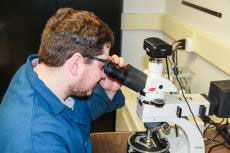 CDC grant to focus on effects of nano-coal dust on lung disease in coal miners
CDC grant to focus on effects of nano-coal dust on lung disease in coal miners
Penn State researchers in the John and Willie Leone Family Department of Energy and Mineral Engineering received a $400,000 grant from the Centers for Disease Control and Prevention’s National Institute for Occupational Safety and Health to research coal dust in underground mines and its effect on lung disease in miners.
Inhaling coal mine dust is a major occupational hazard for coal miners and is known to cause several types of respiratory diseases, with coal worker’s pneumoconiosis (CWP), often called black lung, the most common. The increase in CWP in certain areas of the country points to the need for further research into the cause of this increase. This research will characterize physical, compositional, and petrophysical properties of coal dusts and investigate the biological effects of nano-coal dust on lung cell and tissue using a lung-on-a-chip device.
Institute for Computational and Data Sciences awards computational and data sciences seed grants
Understanding polarized political opinions, predicting Arctic Sea ice levels, and accelerating quantum computing with machine learning—these are just a few focuses of the dozens of new Penn State research projects that have been funded by Institute for Computational and Data Sciences seed grants, in conjunction with supplemental funding from the colleges of Arts and Architecture, Earth and Mineral Sciences; Information Sciences and Technology; Education; and Engineering. Of the fifty-one proposals received, thirty-two projects were funded. Among those, Arash Dahi Taleghani, associate professor of petroleum and natural gas engineering, received funding for his proposal titled “Artificial Intelligence Method for Fast and Reliable Interpretation of DFIT and Flowback Data.” Sharon Huang, associate professor of information sciences and technology, also received funding for her proposal titled “Towards Dynamic Patient-centric Personal Health Libraries.” Tieyuan Zhu, assistant professor of geosciences, received funding for his proposal titled “Machine Learning of Massive Real-time Environmental Monitoring Data from Penn State Fiber-optic Array for Mitigating Urban Geohazards.”
Penn State faculty teams awarded seed grants for AI research
Multi-Disciplinary Research Grants were recently awarded to eight research groups from across Penn State’s colleges and campuses conducting research related to artificial intelligence (AI) and machine learning (ML). In collaboration with numerous research institutes and colleges, these grants are funded in concert with the 2020 industryXchange, an annual University-wide event hosted by the College of Engineering. These one-year seed grants will support research on application-specific development in AI and ML in the areas of cybersecurity, energy, health care, manufacturing, and transportation. Among them were Jinchao Xu, Verne M. Willaman Professor of Science, and John Yilin Wang, associate professor of petroleum and natural gas engineering, for their project titled “Advanced and Fast Simulation Technologies for Modeling Shale Gas Wells.”


